Gardening is not merely a pastime; it is an art, a science, and a gateway to self-sufficiency. The beauty of gardening lies in the myriad of methods available, each with its unique advantages and applications. This article will guide you through the different types of gardening methods, helping you find your perfect match for soil and soul.
Exploring Different Types of Gardening Methods: Unearth the Secrets of the Soil
Gardening is an enriching hobby that can transform spaces and bring a bounty of fresh produce or vibrant flowers. Whether you’re working with a small balcony or an expansive backyard, there are many gardening methods to explore. Here are some popular techniques that cater to various needs and preferences:
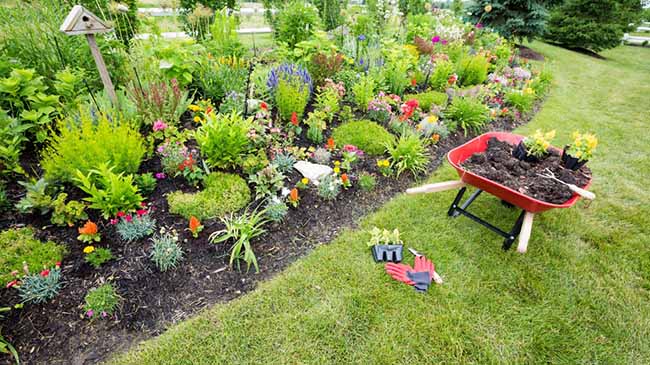
Different Types of Gardening Methods Explained in Detailed Below:
Traditional In-Ground Gardening
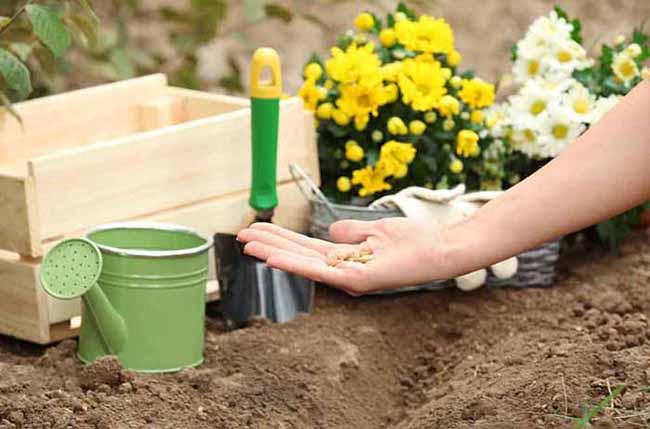
Let’s start with the classic approach — traditional in-ground gardening. This method involves planting directly into the soil in your yard. It’s an accessible and natural option, providing plants with ample space to spread their roots. In-ground gardening requires understanding your land’s soil composition and may involve soil amendments to enhance fertility. It’s ideal for those with enough space and a desire for a large vegetable garden or a sprawling flower bed.
Pros:
- Uses the natural soil ecosystem
- Allows for large garden plots
- Deep rooting space for plants
Cons:
- Requires significant space
- Soil may need improvement
- More labor-intensive due to tilling and weeding
Raised Bed Gardening
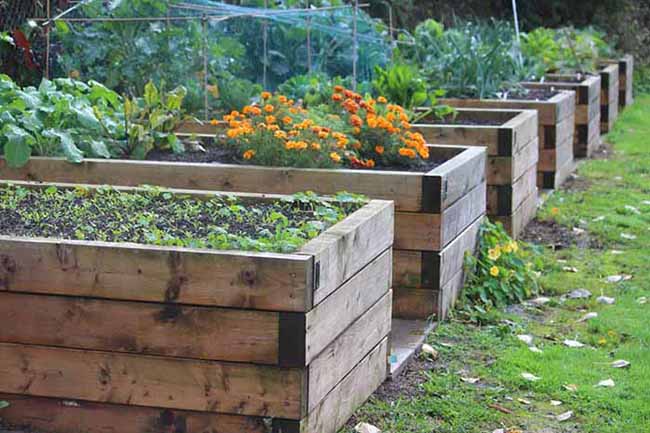
Raised bed gardening is a stylish and efficient method that involves creating elevated beds filled with high-quality soil. Typically made from wood, metal, or stone, these beds can minimize the hassle of weeds and soil compaction, making them easier on your back too! Raised beds provide excellent drainage and can extend your growing season since the soil warms quicker in spring.
Pros:
- Better drainage and soil quality control
- Reduced weed issues
- Easier on the body with less bending
Cons:
- Initial setup can be costly and labor-intensive
- Requires regular watering as the soil dries out faster
Container Gardening
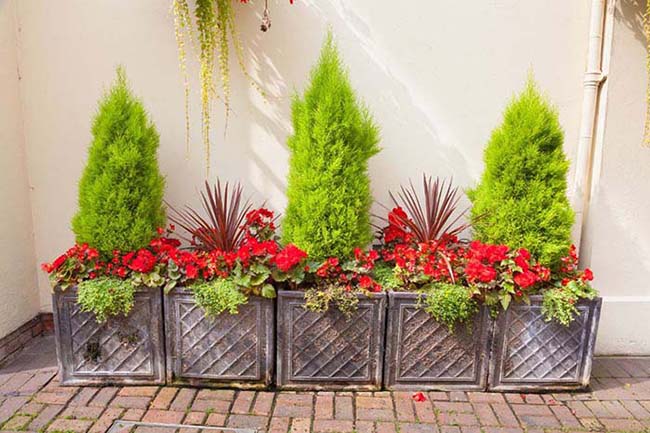
For those lacking space or dealing with poor soil, container gardening is a versatile alternative. You can use almost any container, from classic pots and planters to creative upcycled items. This method is ideal for apartment dwellers with balconies or small patios. Container gardens offer the ability to grow a variety of plants in a condensed area and to move them as needed to capture the best sunlight.
Pros:
- Portable and space-efficient
- Control over soil quality and moisture
- Less weeding and pest control
Cons:
- Containers may require more frequent watering
- Limited growing space for each plant
- Potential for more rapid temperature fluctuations
Vertical Gardening
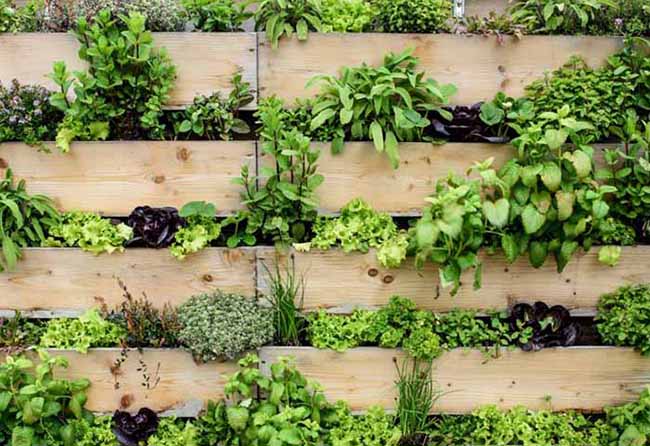
Urban gardeners are turning to the skies with vertical gardening, a method that maximizes limited space by growing plants upward. Trellises, wall-mounted planters, and hanging baskets are just some of the structures that can support vegetation on balconies, patios, and small yards. Vertical gardening allows for a variety of plants to flourish in compact areas, offering an innovative solution for city-bound plant enthusiasts.
Pros:
- Space-efficient and visually striking
- Can create microclimates for plants
- Easier harvesting and maintenance
Cons:
- Structures required can be costly
- May need specialized irrigation systems
- Limited rooting space for plants
Hydroponic Gardening
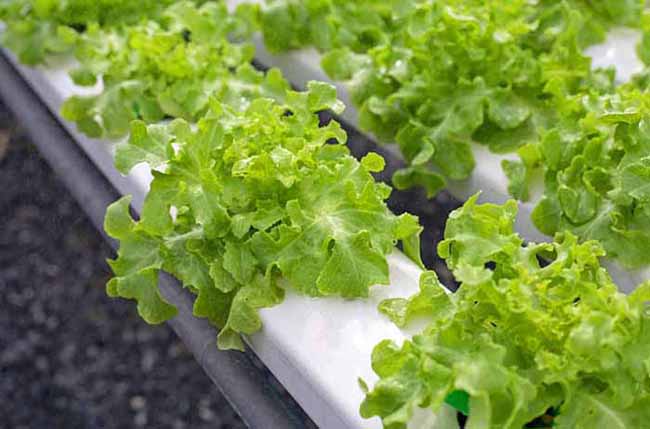
Join the cutting edge of horticulture with hydroponic gardening — growing plants without soil. Instead, plants are nourished through nutrient-rich water solutions, allowing for faster growth and higher yields. This method can be set up indoors or outdoors and is known for its clean, efficient, and sustainable approach to gardening. It’s a favorite among those fascinated by technology and eager to experiment.
Pros:
- Efficient water and nutrient use
- Not dependent on soil quality
- Can be set up almost anywhere
Cons:
- Requires initial investment in equipment
- Steeper learning curve
- Dependence on electricity and technology
Companion Planting
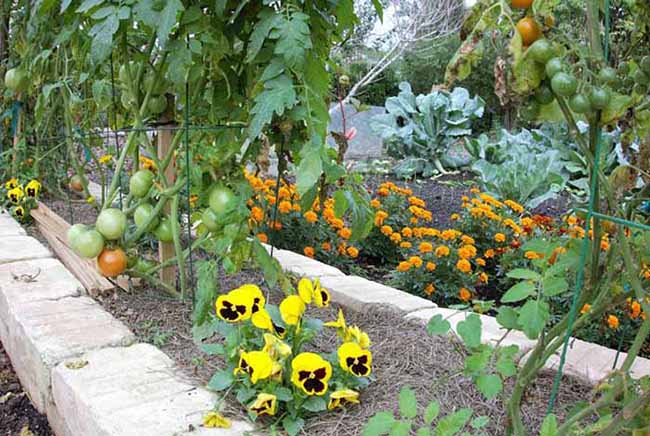
Companion planting is more of a technique than a standalone method, but it’s worth mentioning for its holistic approach to gardening. By planting certain crops near one another, you can deter pests, encourage pollination, and enhance growth organically. Companion planting is about creating a diverse and synergistic environment where plants help each other thrive. It’s an ancient practice with roots in Indigenous and permacultural techniques.
Pros:
- Promotes biodiversity and natural pest control
- Can improve plant health and yield
- Reduces the need for chemical inputs
Cons:
- Requires planning and knowledge of plant relationships
- Trial and error to find effective pairings
Square Foot Gardening
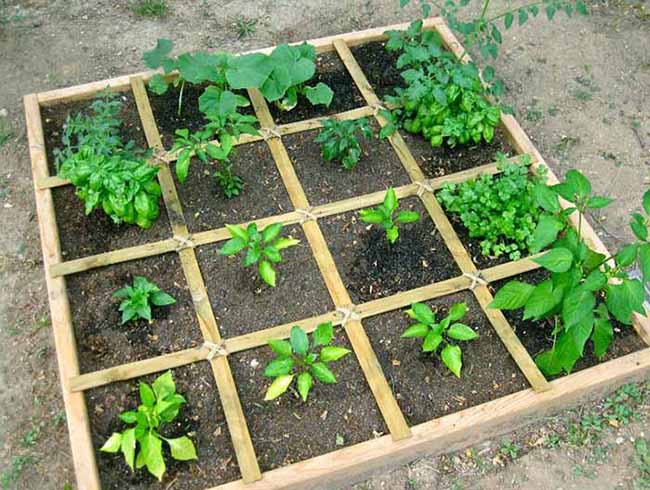
Square foot gardening is a systematic approach that divides a raised bed into one-foot squares, each planted with a different crop. This method emphasizes efficiency and minimal waste by focusing on exactly how many plants can fit in each square. It’s perfect for those who want a highly organized and productive garden with less maintenance.
Pros:
- High yield from a small space
- Minimal weeding and water waste
- Easily accessible for all ages
Cons:
- Requires precise planning
- Limited crop variety per square
No-Dig Gardening
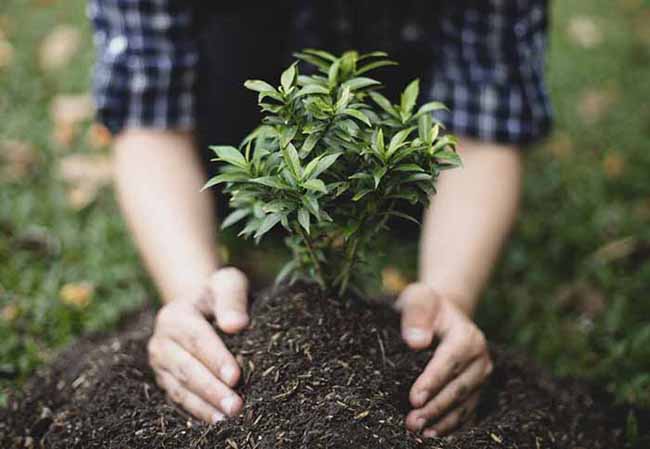
For an eco-friendly and less labor-intensive option, no-dig gardening is gaining traction. This method focuses on layering organic materials on top of the soil to create a rich growing medium. No-dig gardening encourages a thriving soil ecosystem, reduces weed problems, and keeps the soil structure intact. It’s an excellent choice for those looking to garden in harmony with nature.
Pros:
- Enhances soil structure and health
- Minimal disruption to soil life
- Reduces labor and maintenance
Cons:
- May take time for the soil to become productive
- Initial layering can be time-consuming
Aquaponics Gardening
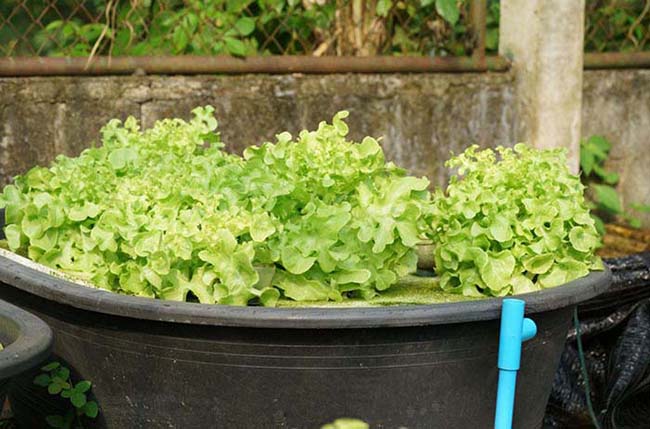
Aquaponics combines hydroponics with aquaculture. Fish waste provides organic food for the plants, and the plants naturally filter and clean the water, which is then recycled back to the fish tanks. This symbiotic system is highly sustainable and can yield both edible plants and fish.
Pros:
- Aquaponics systems use up to 90% less water than traditional soil-based gardening because water is recirculated.
- Aquaponics can produce more food per square meter because plants can be spaced more closely and grow faster.
- Aquaponics creates a controlled ecosystem which often reduces the need for chemical pesticides.
- Provides the benefit of harvesting both plants and fish, offering a diverse range of produce.
Cons:
- The initial setup for aquaponics can be expensive due to the need for tanks, pumps, and other specialized equipment.
- Requires a good understanding of both aquaculture and hydroponics, creating a steep learning curve for beginners.
Permaculture Gardening
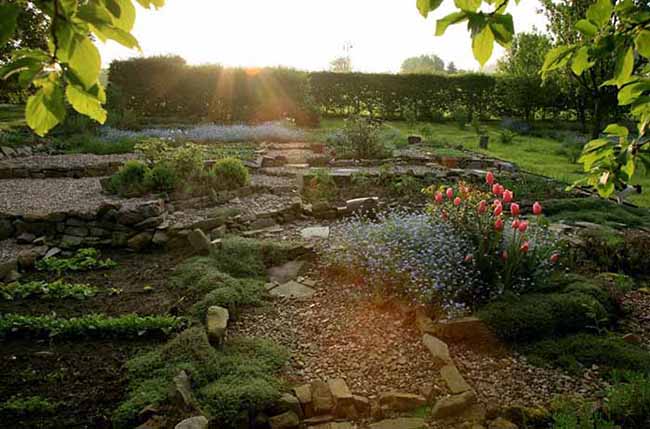
Permaculture is a philosophy of gardening that works with natural ecosystems to create sustainable and self-sufficient gardens. It involves creating a balanced ecosystem by considering the placement of plants, water management, and the use of renewable resources.
Pros:
- Mimics natural ecosystems leading to less resource depletion and improved soil health.
- Encourages a wide variety of plants and animals, increasing resilience against pests and diseases.
- Diminishes the need for synthetic fertilizers and pesticides, promoting a healthier environment.
Cons:
- Requires substantial upfront planning and labor to establish permaculture systems.
- Demands a good understanding of ecology, local conditions, and sustainable agriculture methods.
Organic Gardening
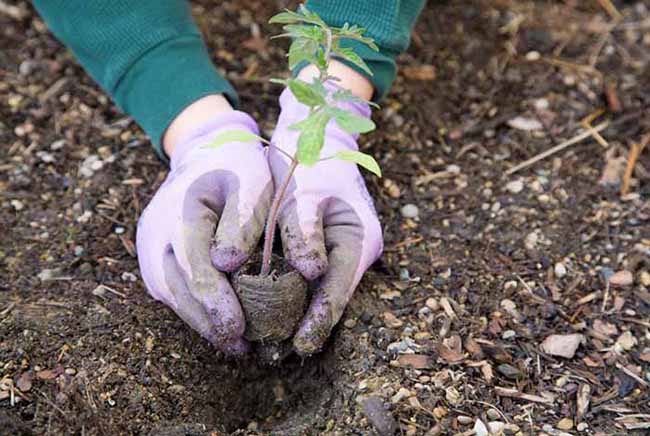
This method avoids the use of synthetic fertilizers and pesticides, focusing on natural growth processes. Organic gardening promotes biodiversity, improves the soil, and can provide healthier produce.
Pros:
- Enhances soil health through natural composting and reduces chemical runoff.
- Eliminates exposure to synthetic pesticides and fertilizers, leading to healthier produce.
- Encourages a wide variety of plants and beneficial insects, promoting a balanced ecosystem.
Cons:
- Requires more physical effort and time to maintain without the use of chemicals for quick fixes.
- Can take longer to see results as natural processes are generally slower than chemical counterparts.
Biodynamic Gardening
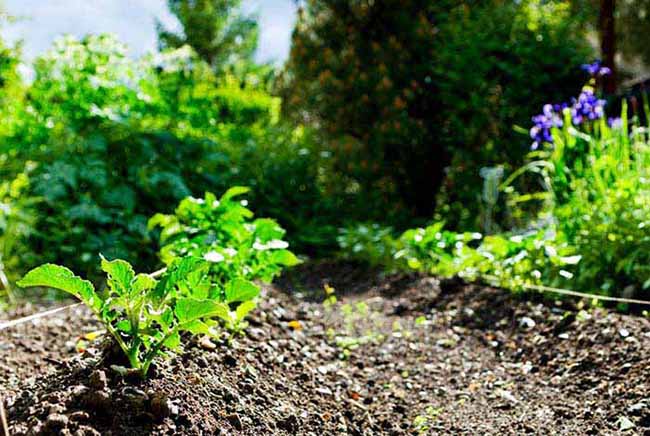
Similar to organic gardening but involves using preparations made from fermented herbs and minerals to enhance the soil and plant health. It also considers lunar cycles and planetary influences.
Pros:
- Utilizes organic composts and preparations that improve soil fertility and encourage a diverse ecosystem within the soil.
- Promotes biodiversity, conserving the variety of species within the garden, and reducing the need for external inputs.
- Considers the garden as part of a larger ecological system, incorporating cosmic rhythms and planting calendars.
Cons:
- Involves complex principles and may require a learning curve for those unfamiliar with its philosophies and techniques.
- Often requires more handwork and careful attention than conventional gardening, which can be time-consuming and may not be practical for all growers.
Forest Gardening
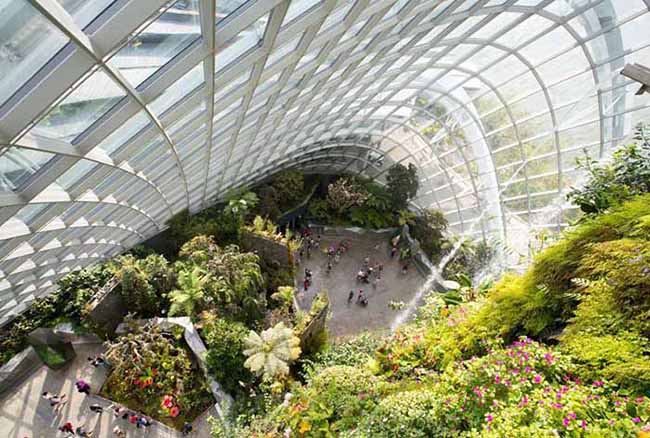
This method mimics a forest ecosystem in your backyard. It involves planting different layers of vegetation, from tall trees to shrubs to ground cover, creating a diverse and self-sustaining environment that is also productive for the gardener.
Pros:
- Establishes a wide variety of plant species that can attract and support diverse wildlife.
- Once established, forest gardens require less maintenance than traditional gardens due to the self-sustaining nature of permaculture systems.
- Mimics natural ecosystems, creating a resilient system that can conserve resources and improve soil health.
- Produces a range of edible fruits, nuts, leaves, and roots, contributing to food security and offering diverse nutrition.
Cons:
- The design, planning, and initial planting phase can be time-consuming and may require significant research and effort.
- Forest gardens often require more land area to develop fully compared to traditional row-crop gardens, which can be a constraint in urban settings.
Community Gardening
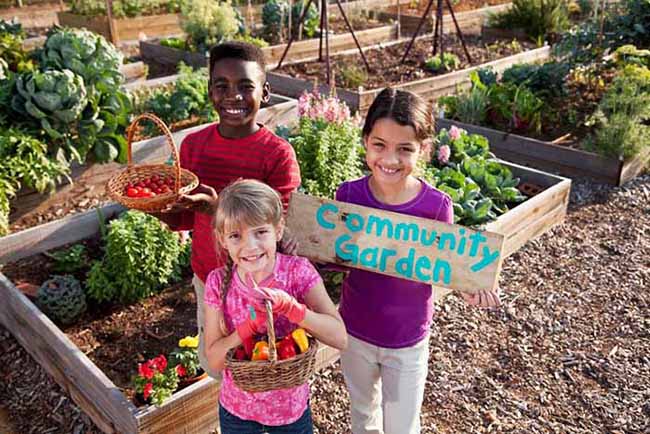
Community gardens are shared spaces where people come together to grow food and flowers. This method promotes social interaction, provides fresh produce, and can help beautify neighborhoods.
Pros:
- Allows neighbors to collaborate, fostering a stronger sense of community.
- Gardening has been shown to reduce stress and improve mental well-being.
- Provides fresh produce, which can improve diet and nutrition.
- Adds green space and can reduce the urban heat island effect, making areas more aesthetically pleasing.
Cons:
- Successful gardens need regular maintenance, which might be challenging for some participants.
- Differences in gardening styles or objectives can lead to conflicts among community members.
In Conclusion
From the traditional touch of in-ground gardening to the futuristic flair of hydroponics, each gardening method offers unique benefits. When selecting a gardening technique, consider factors like space, soil condition, time, and personal preference. Gardening is a rewarding endeavor that pays dividends in beauty, bounty, and well-being. So roll up your sleeves, choose your method, and sow the seeds of your garden dreams. Whether you’re nurturing a solitary plant or overseeing an extensive edible landscape, remember that each garden, like its gardener, is an original — full of potential waiting to bloom.
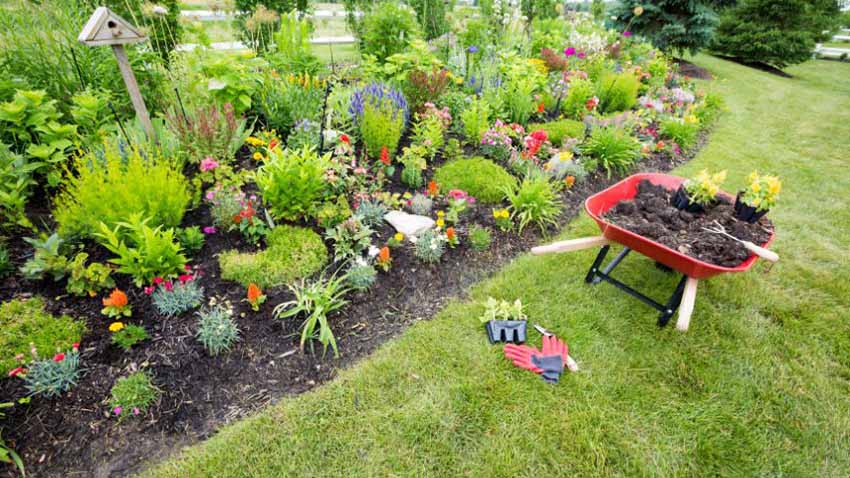
I love gardening, in ground gardening is the most common and easiest way of gardening. People are doing this from the ancient era.